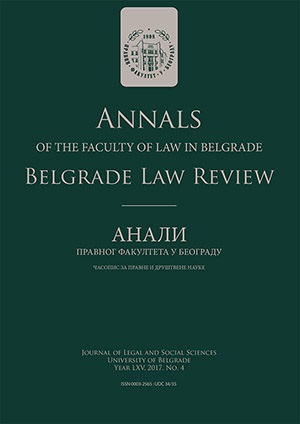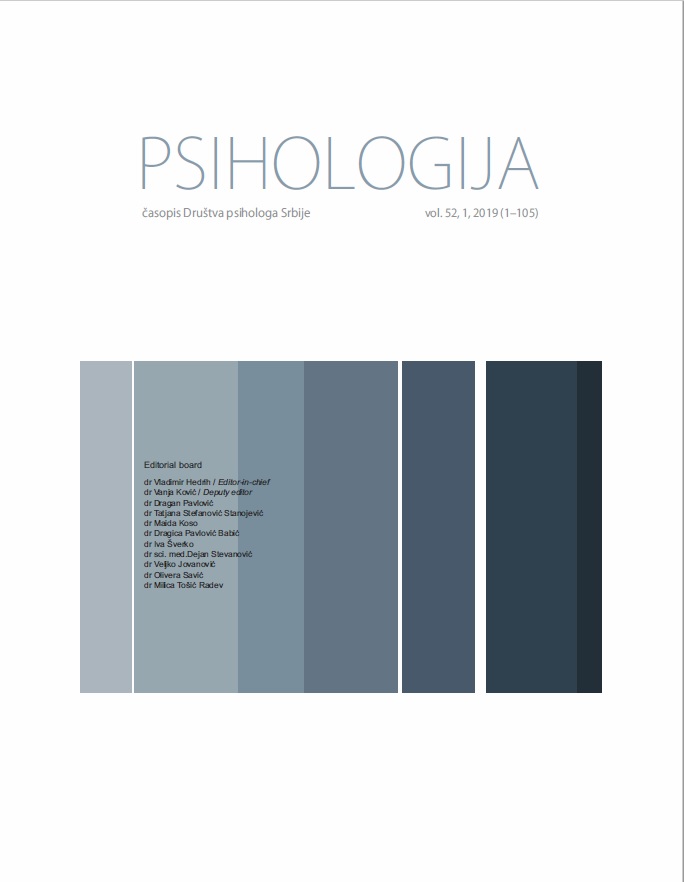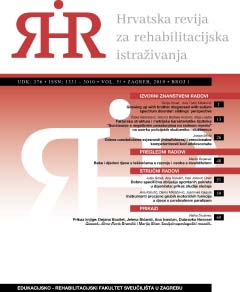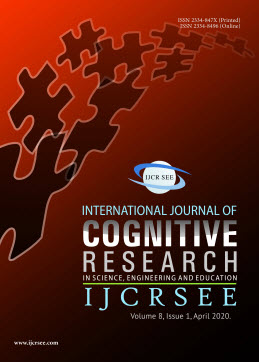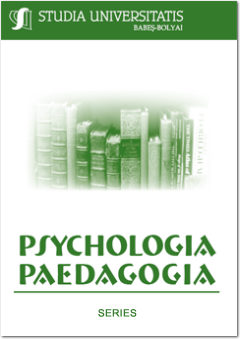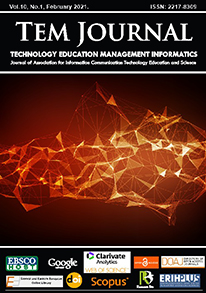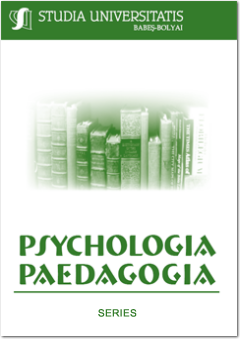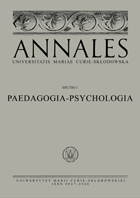Razlike u samoefikasnosti pri donošenju karijernih odluka i u stilovima donošenja odluka kod srednjoškolaca s različitim obrascima porodičnog afektivnog vezivanja
The decision on the choice of profession is one of the most important life decisions, which is influenced by many factors. One of them which has a very important role is the family. The aim of this study is to examine whether there are differences in self-efficacy in career decision-making and decision-making styles among secondary school students who have different patterns of family attachment, as well as to determine whether self-efficacy in making career decisions can be predicted on the basis of different decision-making styles. The study included 216 fourth-year secondary school students, 39% of boys and 61% of girls. The questionnaire PAVb, made by Brenen and associates and modified by Kamenov and Jelic, was used for the evaluation of family attachment. Decision-making styles were operationalized through the scale of General Decision Making Styles Questionnaire by Scott and Bruce, while a shortened version of the Career Decision Self-Efficacy Scale, made by Betz et al., was used for measuring self-efficacy in making career decisions. The research results have shown that there are no significant differences in self-efficacy in making career decisions regarding the patterns of family attachment. However, there are significant differences in the styles of decision-making. The rational style is the most dominant among the students who have a secure form of family attachment, the avoidant style is characteristic of those with the occupied form, while the spontaneous style is most commonly used by the students who have the fearful form of family attachment. The results suggest that 31% of the variance of self-efficacy in making career decisions can be explained based on decision-making styles. The rational and intuitive styles of decision-making are positive predictors, while the dependent and avoidant styles are negative predictors of self-efficacy in making career decisions.
More...
